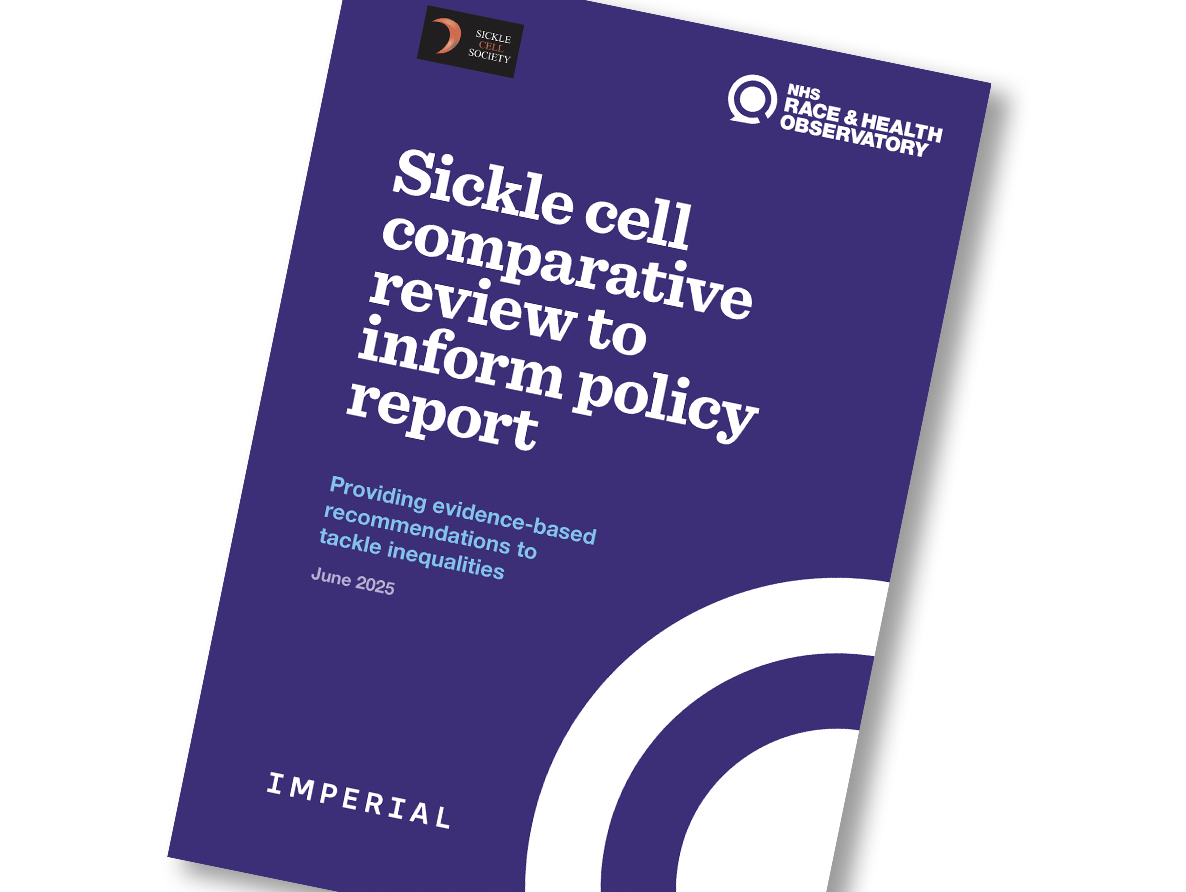Aim
Pulse oximetry is a simple, cheap, and non-invasive means of testing the level of oxygen in a person’s blood. The device is considered simple enough that patients have been able to self-administer the test at home during the COVID-19 pandemic. There is a growing body of evidence, however, that pulse oximetry is less accurate in darker skinned patients (1). Given the increased mortality amongst ethnic minority patients during the covid-19 pandemic, it is possible that the differential accuracy of pulse oximetry is a contributing factor to this health inequality
This rapid review examines the evidence on the accuracy of pulse oximetry in patients with pigmented skin and provides both strategic and practical recommendations to help narrow any potential health inequalities between different ethnic groups.
Key Findings
There is a growing body of evidence, going back three decades, that suggest there may be drawbacks when using pulse oximetry on darker skinned patients. In as early as 1990, a study revealed discrepancies in the reliability of a target SpO2 of 92% when comparing white and black patients receiving mechanical ventilation. Whilst a 92% target was suitable for white patients (n=25), a higher target of 95% was required in order to prevent significant hypoxaemia associated with this target in black patients (n=29). In addition, inaccurate pulse oximetry readings were more than two times more common in black patients than white patients.
The mechanism by which skin pigmentation affects pulse oximetry is unclear; however, a further study did reveal greater variation in pulse oximetry signal quality among darker skinned patients. A few studies which explored the effect of skin pigmentation on the precision of pulse oximetry have found that the degree of skin pigmentation does not affect the accuracy of pulse oximetry in infants and darkly pigmented critically ill adult patients in South Africa.(5,6,7)
More focused research is required to determine the degree to which there is a link between pulse oximetry racial bias and Covid-19.
Recommendations
- There should be an urgent review of pulse oximetry medical products used in the United Kingdom
An urgent review of pulse oximetry medical products should be conducted by the UK Medical and Healthcare Products Regulatory Agency (MHRA) in order to assess the accuracy of pulse oximeter SpO2 readings in ethnic minority patient groups. The outcome of such a review may have implications for medical training and for public awareness regarding the use of pulse oximeter devices
- Identification of suitable parameters to identify hypoxia need to be verified
As a result of the increased use of pulse oximetry for self-monitoring in Covid-19 patients managed outside of the hospital, patient education is key to allow other clinical signs to be used when assessing the need to seek further medical attention. The appropriateness of clinical signs for ethnic minority patients should be reviewed by critical care and respiratory academic groups and NHS England and NHS Improvement; language such as “going blue” may not be appropriate when assessing for cyanosis.
- Review of all medical equipment and devices
All medical equipment and devices should be assessed for suitability of use with ethnic minority patients, as well as with the majority population. This should be sufficiently evidenced by manufacturers before devices receive market approval.
- Further research
Further research in this area, with larger and more diverse populations, is recommended as a priority for research bodies such as the National Institute for Health Research (NIHR) to consider. Research will help determine the extent of racial bias in pulse oximetry and will help to inform longterm developments of pulse oximetry devices. Data derived from specific ethnic groups could be used to generate calibration curves or enable the use of correction factors that would result in builtin-user optional adjustments in future pulse oximeters.




